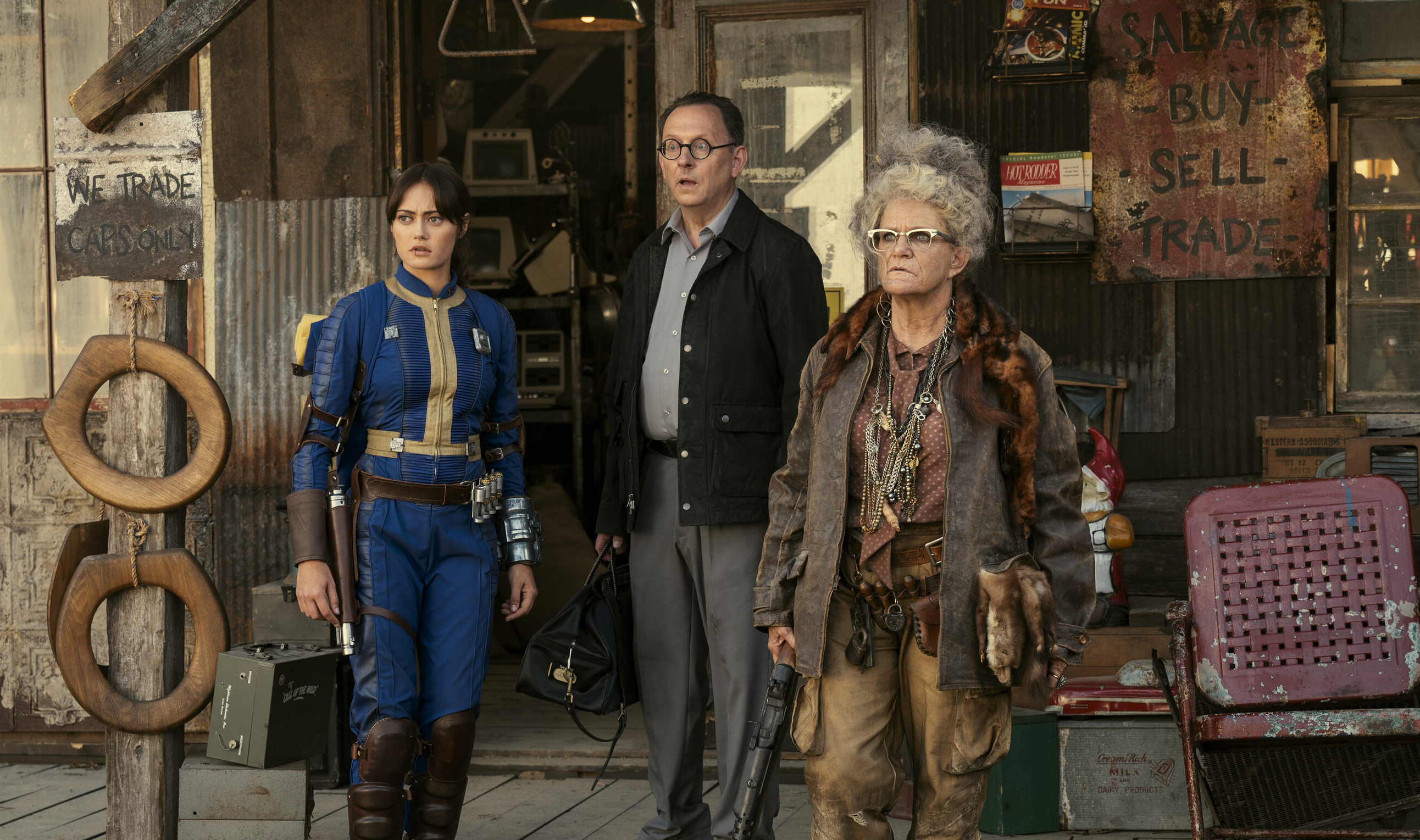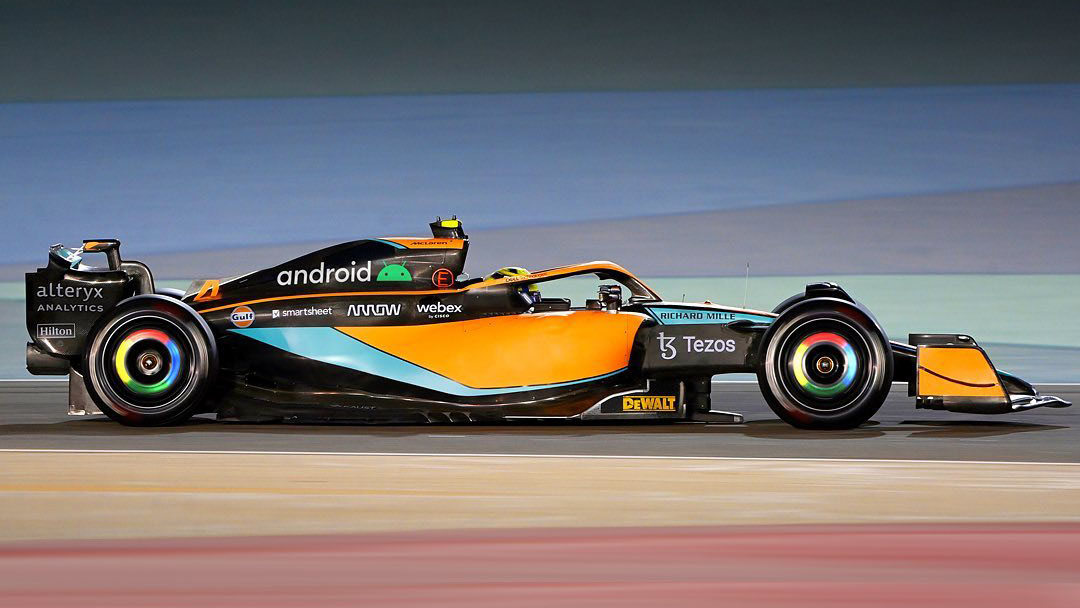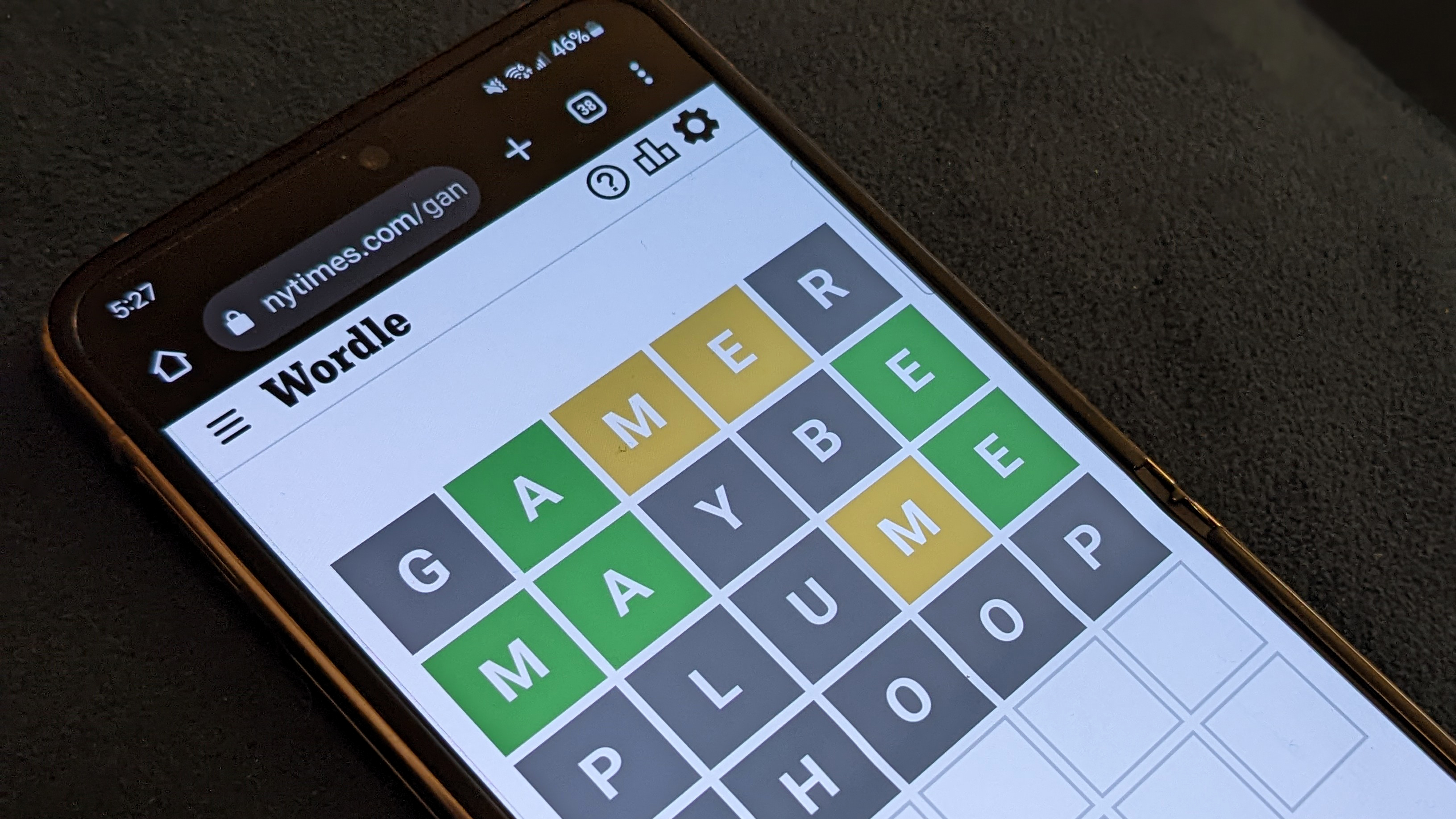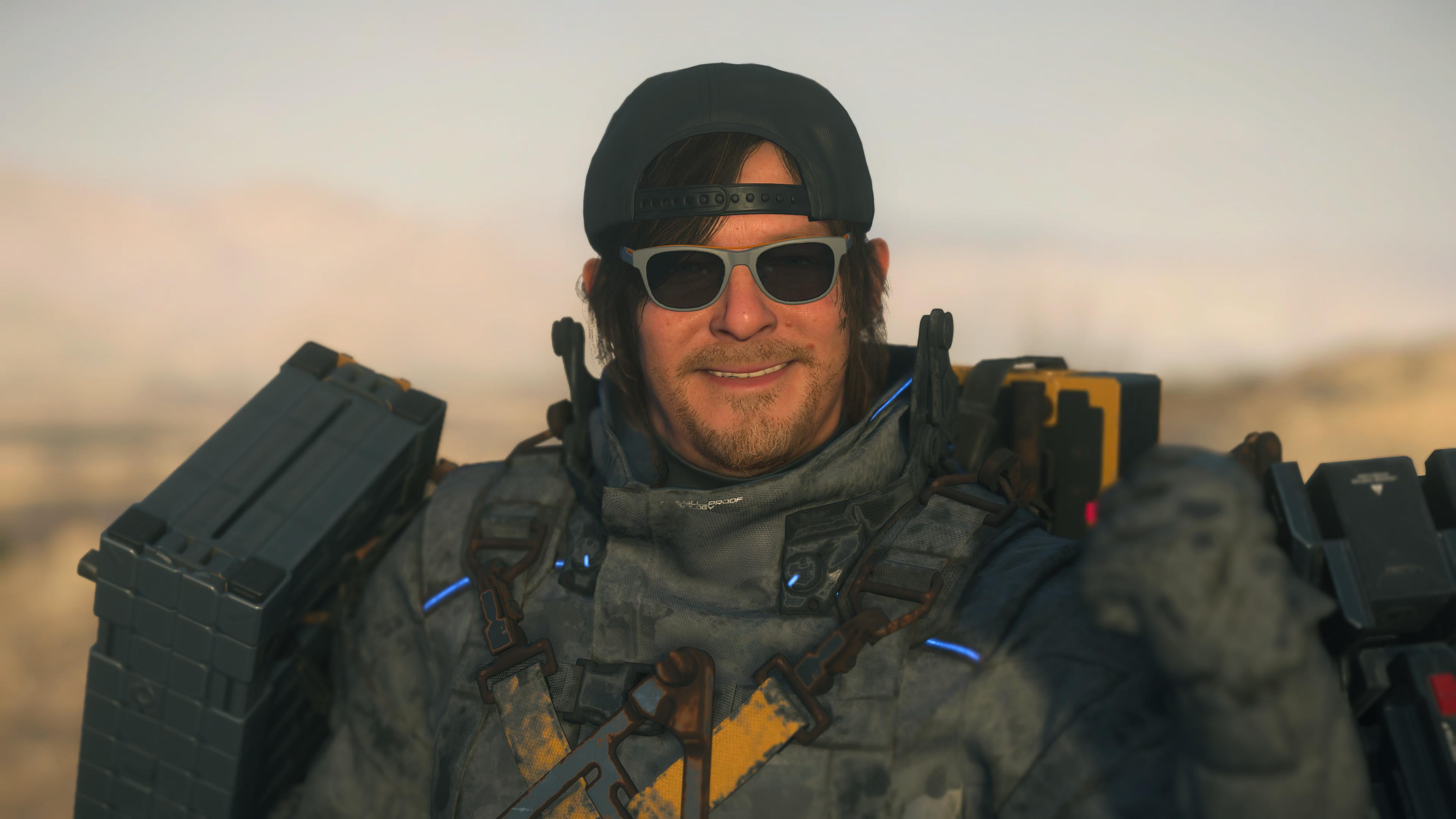
Fallout's at its best when it lets itself grow and change.
I really like Amazon’s Fallout. A lot. Ella Purnell is brilliant, Aaron Moten expertly veers between selfish idiocy and selfless idiocy, and I got to look at Walton Goggins for like eight consecutive hours. It has everything I look for in a TV show.
But does it have everything I look for in a Fallout?
No. Look, as much as I loved the show, I couldn’t help but come away from its final episode feeling like it also exemplified all my least favourite aspects of Bethesda’s stewardship of the series. Namely a fanatical determination to trap the setting in amber, turning what is—in some games—a shifting, evolving wasteland into a static collection of very recognisable icons and slogans.
(Image credit: Prime TV)
For Bethesda, Fallout has been a theme park and a cast of characters ever since Fallout 3. It’s the Brotherhood of Steel, the Enclave, an apocalypse that feels like it happened 10 minutes ago, and the iconic blue-yellow of the vault suits. Mix all that together, stick a few skeletons around a table and bang, you’ve got a Fallout.
The studio is intent on keeping it that way. By the end of New Vegas, the west coast Brotherhood was a cadre of increasingly irrelevant fanatics, the Enclave was reduced to a gaggle of wistful, nostalgic pensioners, and California was beginning to shift into the post-post-apocalypse under the flag of the NCR. In other words, almost every box-art-worthy, brandable symbol of Fallout was on its way into the sunset, caught in the process of changing or being replaced by something new.
In Vegas’ wasteland, factions like the Enclave and Brotherhood had been surpassed in importance by the NCR and Caesar’s Legion.
The show hits reset on all of it. The Enclave is back, the wasteland is a mess of coked-up, violent leather daddies and tin shacks, the NCR is a hole in the ground, and somehow, the Brotherhood returned (although I do really like the “brainrot theory” that they’re a mixture of Caesar’s Legion and west coast Brotherhood remnants, which would be a clever way to advance the series). Why? Because this is Bethesda’s Fallout, and Bethesda’s Fallout is a collection of things, not themes.
Now wait, I know what you’re thinking: I’m clearly one of those bitter irredentists frothing at the mouth about imaginary retcons of Fallout: New Vegas. If I had my way, Jonathan Nolan would be forced at the point of a sword to slavishly adhere to every crumb of lore John Gonzalez wrote down.
… this is Bethesda’s Fallout, and Bethesda’s Fallout is a collection of things, not themes
But that’s not quite it. What I miss from Fallout 1, 2 and New Vegas—the part that’s missing in even the best examples of Bethesda’s Fallout—is a world where factions actually rise and fall. Fallout 1’s world was a grimy post-apocalypse set fewer than a hundred years after the bombs dropped. Fallout 2 went further out, showing a society that had just begun to get back on its feet. By the time of New Vegas, you had pockets of bonafide civilisation in among all the cazadors, fiends, deathclaws, cazadors, haunted casinos, and cazadors.
(Image credit: Amazon)
A world that moves forward is a much better place for Fallout’s central theme: War, and its propensity for not changing. In the Black Isle and Obsidian games, “war never changes” felt like a statement about something dark and immutable about human nature. No matter how much progress we attain, we keep killing each other.
In the Bethesda stuff, TV show included? War never changes only because the same three or four factions insist on continuing to do war and no one can get rid of them. I won’t spoil it, but one plot point the show raises that sheds some light on who dropped the first bomb especially drives this home. War never changes, but neither does Bethesda’s take on the wasteland.
It just doesn’t quite hit as hard. The company’s resolve to keep everything as-is ends up cutting into its ability to convey its themes. That applies to the show, too. It’s just good fortune that the show’s writers were talented enough to still tell a quality story within Bethesda’s awkward aesthetic and narrative confines.
(Image credit: Amazon MGM Studios)
Does Fallout have to kill its darlings? Does it have to leave behind the Brotherhood, the Enclave? All the slogans and signifiers that make it so recognisably Fallout? No, of course not. Bethesda, or any future steward, would be well within its rights to keep it all in perfect stasis. A Saturday morning cartoon where the Enclave is always the thwarted villain and the Brotherhood always the morally questionable sidekick. It’s entirely possible to tell good stories in that framework. The show proves that.
But is that the best Fallout can be? I say no. The wasteland is at its best when it’s an evolving space. When the hundreds of years that pass between games actually mean something, yielding new factions, new conflicts, new wars in their interim. War never changes, but I think Fallout should.




